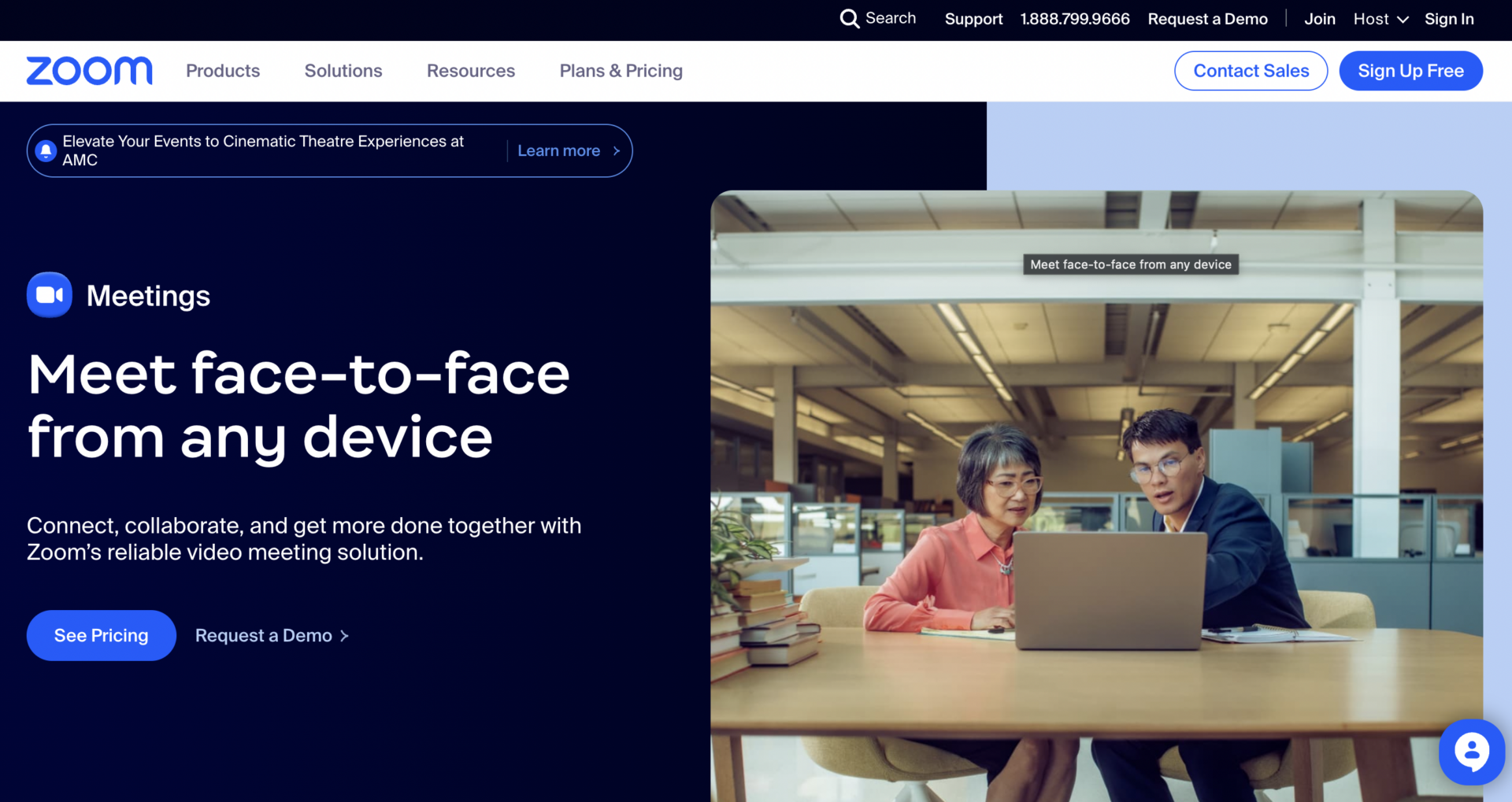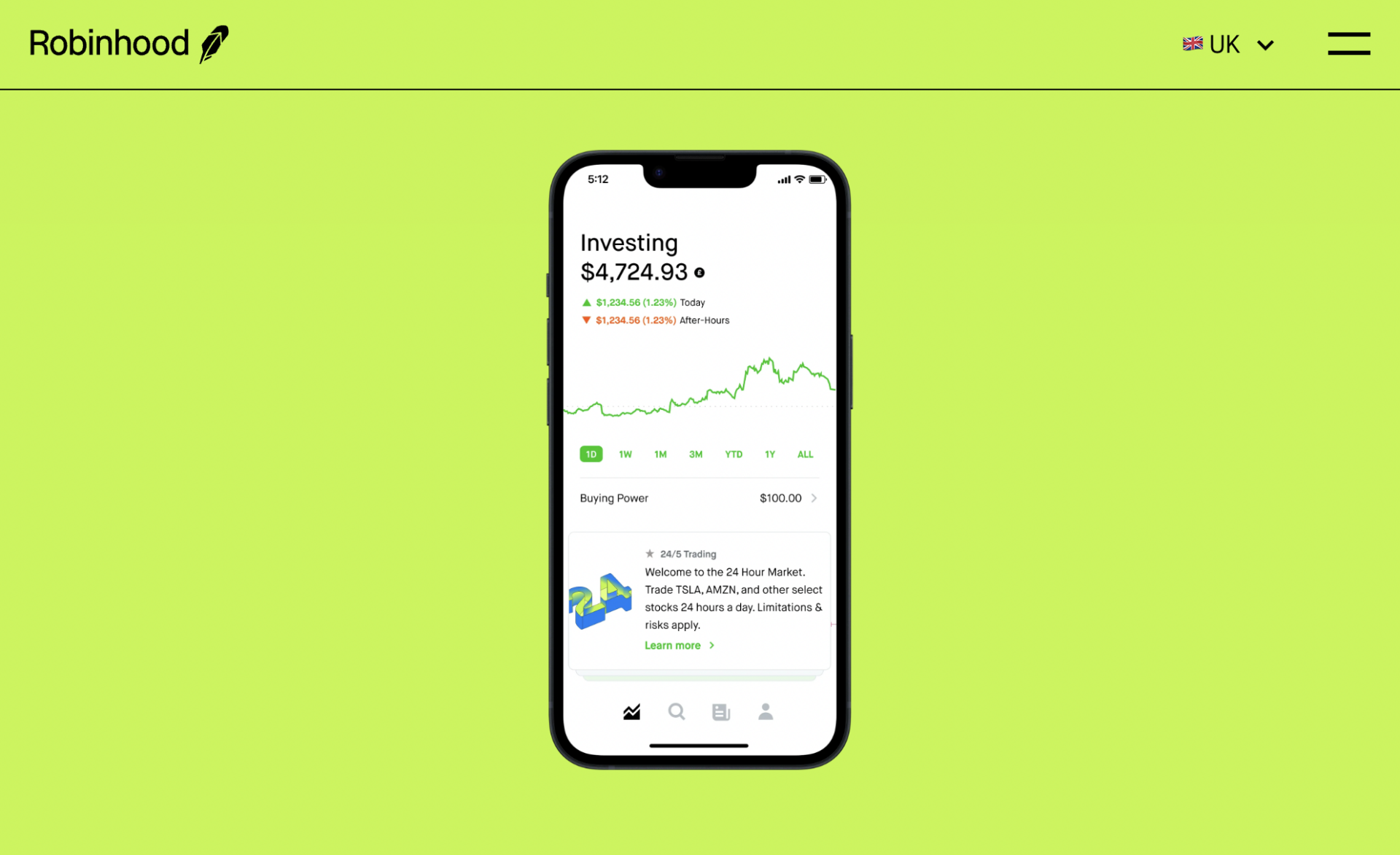Unique Value Proposition: How a Customer-Focused Strategy Drives Success

In our rapidly evolving world, every platform and the business driving it aims to be distinct and memorable – and that’s a challenging task. This is where the concept of a “Unique Value Proposition” (UVP) becomes crucial, serving as a vital tool for businesses, platforms, and individuals alike. However, to grasp the true importance of a UVP, it’s essential to understand its real meaning.
Let me explain.
Often adorning the homepage of a website, a well-crafted UVP serves as a beacon for potential customers. It succinctly communicates how a product or service can elevate their circumstances, adding tangible value to their lives. It’s the reason why a customer should choose a particular business over others in the market.
Let’s look at Stripe for example.
“Millions of companies of all sizes use Stripe online and in person to accept payments, send payouts, automate financial processes, and ultimately grow revenue.”
Stripe UK

How to create a great UVP
Creating and validating a UVP is a balance of being brutally realistic about your command of a market and optimistic about your goods or services. Businesses can refine their UVP concept through several filters, ensuring they resonate with the target audience.
1. Defining UVP Criteria
A well-crafted UVP is constructed of four key components:
Clarity. Do your customers understand what you’re offering? This can easily be determined with some quick testing of your landing page where the UVP will typically live.
Relevance. Are you genuinely solving a problem for customers? Even if the problem is small, it may be irritating enough that it would be a welcomed solution in customers’ lives.
Utility. How well are you solving the problem? This is where good product and UX design can help the utility of your UVP shine through. Design that aligns with behaviour and relevance is going to provide a competitive edge.
Uniqueness. In what way are you distinctly solving the problem from your competitors? In addition to how well customers perceive and experience the utility of your solution, what is the additional edge you provide? Is it represented through a niche targeted audience or market? Is there a new angle on goods or services?
2. Gathering Feedback from Customers
Utilising tools like surveys, interviews, focus groups, or A/B testing, businesses seek insights on how well the UVP aligns with customers’ experiences and expectations. Identifying your target audience’s core pain points creates an opportunity to map these onto what you have available within your own resources.
For instance, Airbnb used customer feedback to identify the key benefits that its customers valued most, such as unique and authentic travel experiences. The company’s UVP now focuses on how Airbnb can help travellers live like locals and experience new cultures.
“To provide travellers with affordable and unique accommodations that offer a more local and authentic experience.”
Airbnb
Now, how to take action with your new feedback data.
3. Analysing your Customer Feedback Results
With a thorough analysis of feedback, organisations can identify strengths and weaknesses in their UVP. Adjustments are made based on this data-driven approach, simplifying language and emphasising customer-centric benefits.
Analysing customer feedback to gain insights into the UVP involves the crucial skill of discernment. It entails distinguishing between insightful data that can contribute meaningfully to business growth and non-insightful data that adds little value to no value.
Non-insightful data encompasses feedback that fails to provide new information or is irrelevant to the business, such as information about issues already in the process of resolution. Moreover, feedback from individuals outside the target audience may prove irrelevant. On the other hand, insightful data presents novel information or strengthens the case for optimising or introducing a new feature.
The worst data is assumptions.
Putting your UVP through this rigorous process is lengthy and non-linear. Both of those are positive aspects of the process. It provides an opportunity to really look at your resources and approach what problems you are solving.
UVP Misconceptions
To unravel the true potential of a UVP, it’s imperative to debunk common misconceptions associated with its creation and purpose.
Out of Thin Air
A UVP is not something you stumble upon but build upon. It should be rooted in the genuine benefits a product or service offers, addressing real customer needs. It is not just a slogan (it can be perceived to be a slogan by users) but a guidepost that reflects the user/customer impact and the intention behind the company. Its impact transcends marketing, influencing various facets of business operations.
Balancing Uniqueness and Value
While uniqueness captures attention, it’s the value that retains customers. A UVP should seamlessly blend distinctiveness with inherent value. Focusing on uniqueness more than value creates products and experiences that exist in fleeting novelty rather than being useful. Amidst the quest for uniqueness, a subtle shift in perspective emerges. Rather than fixating solely on being unique, the term “distinct” takes centre stage. This shift invites businesses to focus on creating a distinctive experience, allowing customers to intuitively grasp the value without the need for elaborate explanations.
Interdepartmental Collaboration
The common misconception surrounding UVPs often leads to misalignment across departments. Each department perceives the UVP through its unique lens, potentially diluting its overall impact. A well-crafted UVP necessitates collaboration across departments. It should be a collective effort, aligning visions and goals for a cohesive organisational identity.
Relationship with branding
The UVP is not the same as branding but has an intimate relationship with branding.
Let’s look at Zoom’s UVP;
“Meet face-to-face from any device. Connect, collaborate, and get more done together with Zoom’s reliable meeting solution.”
Zoom
It’s a great UVP but it isn’t very niche, is it?

It doesn’t target a specific problem and in fact, it addresses multiple pain points;
- Connecting,
- Collaborating and,
- Getting more done together. Rather than being unique, it feels vague. So why can Zoom get away with this (and you can’t)?
Because Zoom has a vastly wider customer base than you (probably). For now at least. They work for personal and professional audiences and have invested heavily into their infrastructure to maintain the “reliable” part of their UVP. The brand, the technology and its use are all reflected in their UVP. Because it has so much utility, their UVP needs less “U” and emphasises the “V”.
Next, let’s look at the RobinHood UVP;
“Build your portfolio starting with just $1. Invest in stocks, options and ETFs at your pace and commission-free.”
Robinhood
This is a bit more specific and I like how their UVP emphasises how they can get started more than what they do. This is a bit unconventional but works great in an area that demands CTA. This section and the rest of their UVP doubles down on their target audience, people looking to dip their toes in investment waters.

The language of a UVP isn’t branding but a signal of how powerful a brand is.
An Underdeveloped UVP
The consequences of an underdeveloped UVP can be a critical reason why a product doesn’t have the market traction it needs. Here are some of the pitfalls of generic, vague statements that fail to address customer pain points or needs.
The Illusion of Best Customer Service
A generic claim that lacks specificity and fails to differentiate the business. Also, while great customer service is an amassing company asset, it’s not a reflection of the business’s unique impact, just a reflection of the business’s attitude towards the customer. A great point but not enough to be a distinction around the goods/industry-specific services.
The Trap of Lowest Prices
While price is a factor, focusing solely on it neglects the broader spectrum of customer needs and benefits. Will it bring in customers? Yes. Will they stay? Ehhhhhh, it depends. Does your UVP have any other of your customers’ needs present? And how sustainable is this pricing model? Important questions to answer before it becomes the main pillar for any UVP.
Vague Industry Superiority
A claim of being the best without offering specifics leaves customers unconvinced. Note: this can be another tempting trap to discuss technical features over benefits. Don’t. This reinforces another potential issue; lack of distinction. Yes, the target audience may need to hear technical specifications based on the nature of the product but this is the exception to the rule.
Over-reliance on Longevity
A business’s longstanding history doesn’t communicate unique benefits or address customer needs. It may have value for the brand but if the company doesn’t evolve and meet customer and updated market needs, Longevity won’t get you very far. It may help with their brand, but once again, UVP isn’t branding.
In summary, an underdeveloped UVP lacks specificity, fails to differentiate from competitors, and doesn’t effectively communicate the unique benefits of a product or service.
Measuring the effectiveness
Metrics play a crucial role in validating the effectiveness of a UVP. While there are multiple metrics out there where that may reflect the effectiveness of a UVP, these are the strongest, most honest representations of a UVP.
NPS (Net Promoter Score)
Measuring customer loyalty and satisfaction through metrics like the Net Promoter Score (NPS) is crucial for evaluating the effectiveness of a Unique Value Proposition (UVP). While the NPS provides a quantitative snapshot, it’s imperative to go beyond numbers and pair it with qualitative insights. The NPS alone may not reveal whether customers truly understand the UVP. Qualitative data gathered through methods like interviews and feedback forms, is essential for uncovering nuances such as customer perceptions, identifying pain points, validating or adjusting messaging, discovering unmet needs, and building a more holistic view of customer satisfaction.
North Star Metric
Okay, this one isn’t technically a metric but more of a goal-post. Perhaps one of the most intriguing relationships between UVP and performance is the concept of a North Star metric. This is when user actions start to become customer actions. This goal post works best for recurring revenue business models, products that are working to become part of day-to-day behaviours. A UVP and a North Star metric have a relationship because if a North Star metric isn’t being achieved then a few things may have happened with the UVP. They may include:
- There was a misunderstanding of the user actions and expectations for the product experience.
- The market potential was overestimated.
- There was a misunderstanding of the UVP that was delivered
My final thoughts
In the ever-evolving business landscape, a meticulously crafted Unique Value Proposition (UVP) can be a critical asset in guiding companies through the dynamic interplay of markets and metrics. However, true validation of a UVP extends beyond its conceptualisation; it materialises through real-world interactions, akin to the organic evolution of product-market fit. This validation, much like the pacing of product-market fit, unfolds on the timeline of customers rather than the company’s agenda.
Moving beyond the enchantment of uniqueness, the term “distinct” urges businesses to craft an experience that seamlessly resonates with customers. It signifies a departure from merely articulating value to facilitating an organic, experiential understanding of that value.
In the expansive tapestry of business and why your customers choose you, where distinctiveness reigns supreme, a compelling UVP serves as the thread-weaving success. Its validation, grounded in real-world interactions, mirrors the dynamic harmony between customer needs and the evolving business landscape.
Thanks to Andras Vas for the hero image ?.